Steps to a Healthy Sustainable Home
Steps to a Healthy Sustainable Home
By Laurie Prindle, from an article in the October 2012 issue of the Valley Sentinel Home and Garden Section. (Resources referred to here are in Contra Costa County but you may be able to find similar organizations in your community.)
Would you like your home to be a healthier, more sustainable place to live? You can improve your indoor environment in many ways.
Solid waste reduction and recycling – what to do with all that “stuff”
• Remember the three R’s: “Reduce, Reuse, Recycle” in that order.
• Try to purchase recycled goods in minimal packaging. Avoid disposable products.
• Instead of buying water bottles, use a filtered container to keep in the refrigerator, or a filter attachment for your faucet. Water bottles pollute the environment more than almost any other litter (besides plastic bags.) The water quality from your tap is often as good or even better than many bottled waters. If it doesn’t say “spring water” or “mineral water” or “well water” on the label chances are it’s just water from somebody else’s tap.
• Compost. If you would like to start composting for your garden, the Contra Costa Solid Waste Authority website at http://www.wastediversion.org has great information for you. They sponsor regular composting workshops and provide high quality composting bins at a reduced cost for residents in their service area. (They also have a great search tool for their database where you can find the nearest recycling resources for various items. It’s everything you ever wanted to know about recycling but didn’t know who to ask.)
• Take time to organize and recycle daily paperwork–mail, magazines and newspapers, etc. If you are receiving catalogs that you never look at, contact the catalog company and ask to be removed from their mailing list.
• Recycle your plastic bags. Most large grocery stores have collection bins for this. Better yet, bring your own bags to market.
• Simplify your life. Do you really need all that stuff?
Energy conservation–a great way to save money
• Set your thermostat to 78° for cooling and 68° for heating.
• Use Energy Star appliances. They can use up to 75% less energy than older appliances. Visit P.G.&E at http://www.pge.com/myhome/saveenergymoney for information on how to get rebates for new appliances and how to implement additional energy saving strategies.
• Wash full loads in the washing machine, using cold water whenever practical. Wash full loads in the dishwasher and use the “cool dry” setting.
• Upgrade to solar energy! You may think the cost is high, but actually you’ll save a lot of money in the long term. Visit Go Solar California at http://www.gosolarcalifornia.ca.gov for information about financial incentives in your area.
• Replace your incandescent lights with compact fluorescent light bulbs (CFLs).
• Unplug unused electronics and appliances–they draw electricity even when they’re not turned on. Use power strips around the house that you can turn on and off.
• Replace filters in your HVAC (heating, ventilation, and air conditioning) units on a regular basis.
• Use insulation and weather stripping to cut down on energy loss in your home. Put an insulation jacket on your water heater.
• Use motion sensor lights outdoors and in hallways.
• Plant a shade tree outside sun-exposed windows, walls and air conditioning units.
Water conservation–another great way to save money
Inside:
• Don’t wait for your water to get warm by letting it run down the drain. Catch the cold water by filling up the tea kettle or the coffee pot. Use a bucket in the shower and water your plants or flush your toilet with the water saved.
• If you have a pre-1994 toilet it’s probably wasting water. Newer low flow toilets use about half the water than the older ones.
• Use aerators on your faucets. Visit EBMUD at ebmud.com/environment for information, free water-saving devices and rebates on water saving appliances.
Outside:
• Install a water-efficient irrigation system.
• Don’t overwater. According to Stopwaste.org, most gardeners use about 40% more water than they really need. Group plants by their water needs. Plant thirsty plants nearest the house, and create drier zones further away. Water early in the morning and mulch or use ground cover to protect plants and prevent evaporation.
• Lose your lawn. Replace it with drought tolerant native plants or even a vegetable garden. Visit http://www.stopwaste.org for information on “Bay-friendly” gardening practices.
Pollution prevention for a cleaner more healthy environment
• Purchase non-toxic cleaning supplies. Replace several similar items with one or two that do the same job. You can do many cleaning tasks with white vinegar and baking soda. The smell dissipates quickly, and besides, you’ll be glad to know you are not breathing poison! Visit the Environmental Working Group at http://www.ewg.org/healthyhometips for more information.
• Dispose of hazardous waste properly. Cleansers, insecticides, paints, batteries, electronic devices and CFLs all contain hazardous materials. The Contra Costa County Household Hazardous Waste Program can help you find out how best to dispose of these things. The Central County Facility is located at 4797 Imhoff Place, Martinez. Visit their website at http://www.co.contra-costa.ca.us/depart/cd/recycle or call (800) 646-1431 for information about what to do with hazardous materials.
• Take unwanted and expired medications to your local police department for disposal. Don’t throw them in the garbage or flush them down the toilet. These chemicals can harm wildlife and contaminate the water supply.
• Avoid VOCs (volatile organic compounds) when purchasing paint products, furniture, flooring and carpets. Visit http://www.epa.gov/iaq/homes/index.html for more information on indoor air quality.
Starting fresh
If you are building a home from the ground up or doing a remodel there are lots of ways to do things more sustainably. Visit greenremodelforum.com for help with remodeling. Visit http://www.builditgreen.org and check their directory of Certified Green Building Professionals (CGBPs.)
There are lots of ways to become more “green.” If it seems daunting don’t let yourself be overwhelmed or become discouraged. Do the easiest things first or focus on one particular area to get started. Just do a little at a time. Be careful–You may get hooked!
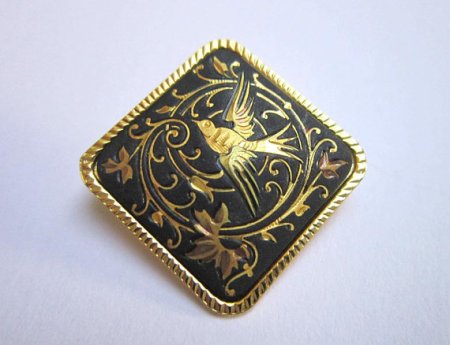
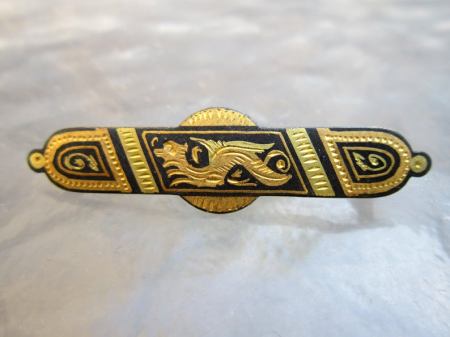
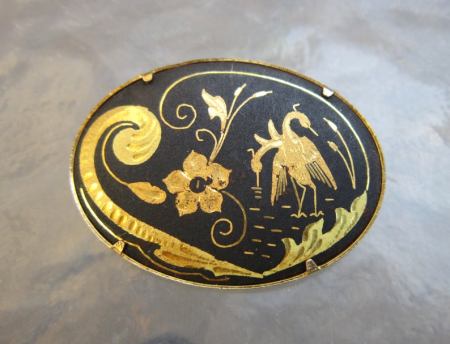
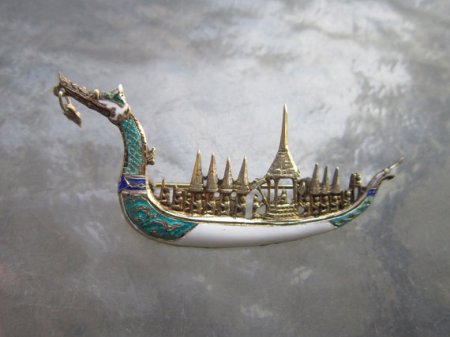
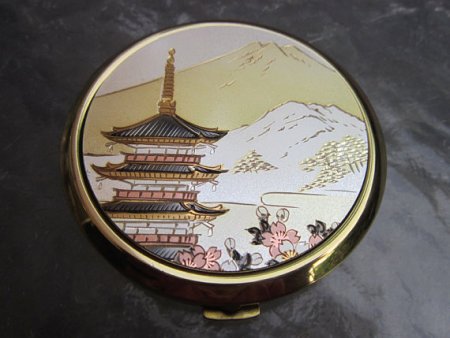
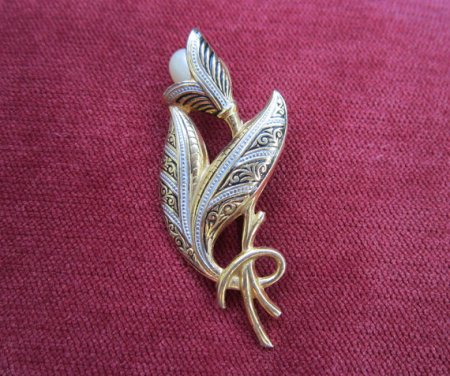
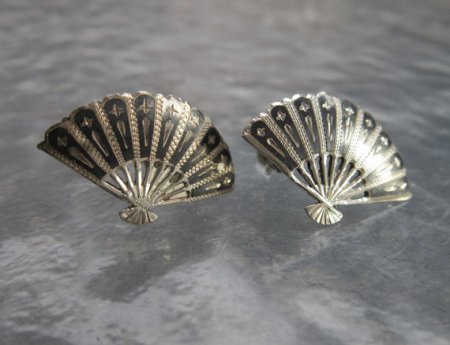



 Posted by lprindle
Posted by lprindle